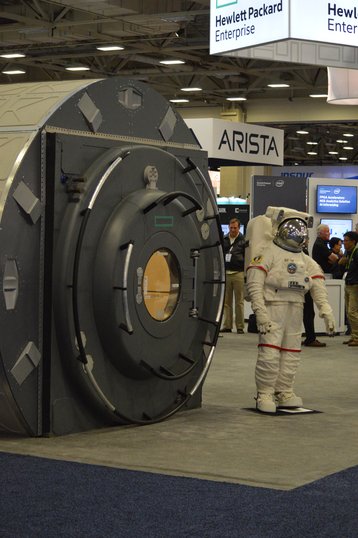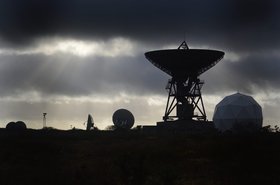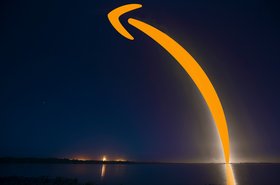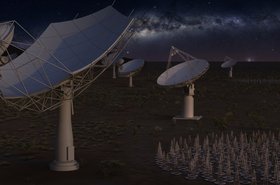After 615 days spent on the International Space Station (ISS), Hewlett Packard Enterprise’s Spaceborne Computer has returned to the ground.
The system - two HPE Apollo 40 servers only slightly changed to fit in a NASA locker - was used to test how standard high-performance commercial off-the-shelf computer equipment reacts to the unique and harsh environs of space.
Rather than relying on purpose-built shielding or hardware, the system used a software-based hardening process to protect the hardware from radiation and other extreme conditions. While in orbit, it traveled through the high radiation South Atlantic Anomaly more than 6,800 times.
The ISS said that evidence also suggests that the Spaceborne Computer was struck by galactic cosmic rays, highly energetic particles that originate from outside of our solar system.
Data center space
The Spaceborne Computer was initially supposed to spend just a year in orbit, but rocket launch failures pushed back the date for ISS flights, giving the company extra time to run workloads in space.
While the first year was spent on HPE's own workloads to test the system, but with the six-month extension the Spaceborne Computer was made available to the researchers on the ISS as an in-orbit data processing edge device.
With the high cost of transporting hardware back to Earth, it was never certain that the HPC system would be gently returned to our planet. "There's only two ways to leave the International Space Station: One is you get in the Russian trash can and they launch it and it burns up in the atmosphere - the vast majority of folks thought that this would never ever work, and we were mentally prepared to have our baby be put in the trash can and have it burn up on re-entry and it be done," Dr Mark Fernandez, HPE's Americas HPC technology officer and Spaceborne Computer payload developer, told DCD last year.
"But NASA and HPE can clearly articulate the value so we're going to come back the second way. That's what's called 'down mass,' NASA made the investment in 'up mass' to get us there, and now they will invest in 'down mass' to get us back because it's a value for us to do our product failure analysis on all the components and judge whether they look a year old or 10 years old."
The system, which won the DCD public vote award for most extreme data center, returned onboard SpaceX’s Dragon spacecraft, and will be returned to HPE for further analysis.




